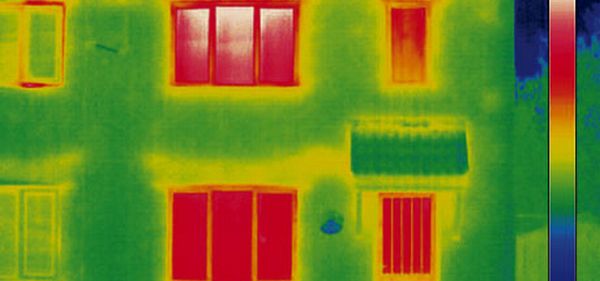
If you happen to stay on pins and needles for ways that help avoid salting away your hard earned money, then trimming down heat loss at home could be a great option. Never heard of it before, right? Well, you can indeed save your money by adopting a greener approach and reducing the heat loss that occurs way too frequently while leading an everyday lifestyle. There are a few simple ways to ensure that you reduce heat loss at home without really having to dig a hole in your pocket.
Insulate your attic
If you ever thought of insulating your attic, then we must say, you’ve really got a perfect hat. Placing an insulation layer across your ceiling and outer walls can trap more of heat where you want it. In fact, the California Energy Commission believes that adding insulation to attic is one of the most efficient, reliable means to lessen one’s heating bill.
Add double glazed windows
If your house comprises poorly insulated windows, then up to 20 percent of heat loss can be credited to it. According to Green Energy Saving, you can seamlessly add double glazing on your windows to prevent heat loss in the house. These double glazed windows have two significant panes of glass, whereby the air embedded in between the two panes functions as insulation. This way, your house will have an insulator boundary between the heated indoor air and cold outdoor air.
Seal up your doors
Also, make sure your house does not encounter drafty doors and entrances or energy issues. It may not be known, but ignoring such facets can account for about 15 to 30 percent of an individual’s total heating costs. You can conserve energy by simply caulking and putting weather stripping over open spaces and gaps around the doorframes.
Insulate your walls
Since walls tend to include most of the outer surface area, try to benefit from supplementary heating when needed. You can upgrade to a material with a higher insulating value and thereby minimize your heating bills. However, if you are planning on insulating previously existing walls with no significant insulation cavity, then try to use sprayed foam insulation. This can easily be used in tight gaps and be conformed to any shape.
Seal up miscellaneous leaks
Equally importantly, ensure that your house’s electric wall outlets and switches are not inducing heat loss. If you find any gaps or air leaks around wall fixtures, block them as soon as possible. At the same time, do not forget to put the damper off in the fireplace when not in use. Lastly, make sure your house’s open fireplace does not become an easy escape route for hot air. For which, all you need to do is to close the glass doors in front of the fireplace, if you have any.




